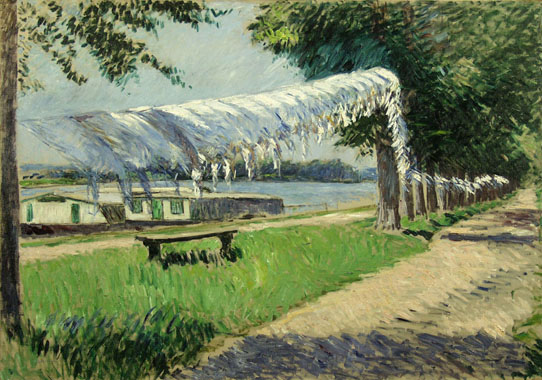The main historical exhibition at this year’s Edinburgh Festival is “Impressionism and Scotland”, which is principally interesting as a study in taste. The show is an extended demonstration of just how quickly and completely the industrialist and mercantile collectors of cities such as Glasgow and Aberdeen grasped the significance of the new French “painting of modern life” – in the process bringing a host of great pictures by Monet, Manet, Degas and others to Scotland.
Drawing principally on works still to be found there today – the most brilliant exception being Degas’ sullen masterpiece, L’Absinthe, once owned by the entrepreneur Arthur Kay but now the property of the Musee d’Orsay in Paris – the exhibition proves that Scottish collectors of the late nineteenth and early twentieth century were bold as well as perceptive. The taste of men such as William Burrell and Alexander Reid extended beyond the Impressionists’ lyrical landscapes to their more challenging and disconcerting depictions of the urban poor and the milieus of the modern metropolis. The show is less convincing in proposing a supposedly fruitful influence of French art on Scottish painting, for the simple reason that Scottish Impressionism never developed into much more than a provincial regional variant of the style that had originally inspired it. The likes of Peploe, Cadell and Fergusson are confirmed as mild, competent followers of Manet, Monet, Degas and co. But the fact remains that there was no Scottish equivalent to the cosmopolitan Walter Richard Sickert – an artist who wrestled the materials of Impressionism into his own, uniquely distinct forms.
Impressionist art is a perennially popular subject among musuem directors, especially those who need to boost their attendance figures. The syndrome has inevitably produced all manner of direly opportunistic shows, but “Impressionism and Scotland” can at least be exempted from...


